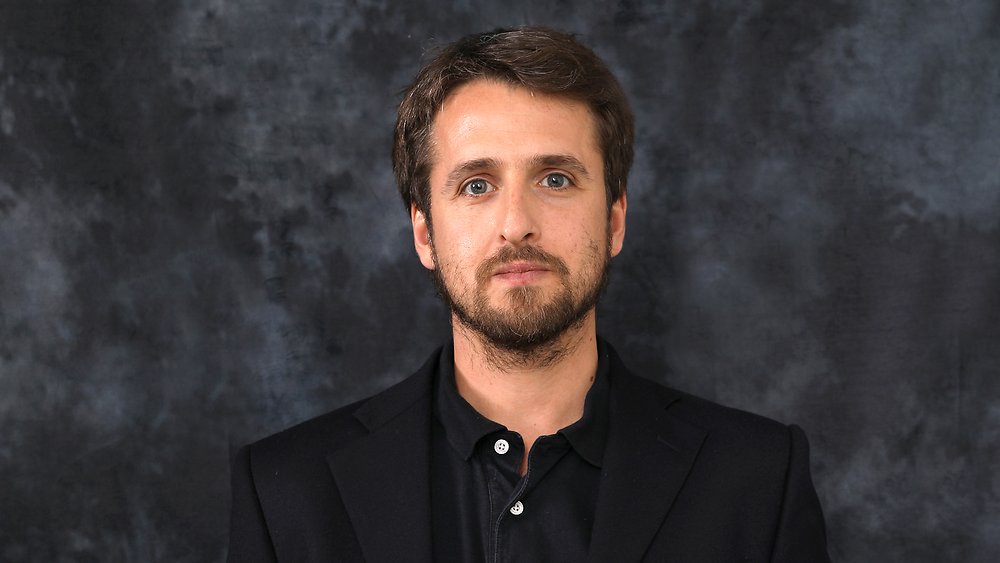September 27, 2021 | News | Interview
A New Approach to Forecast Fertility

© MPIDR
Daniel Ciganda, Research Scientist at the Laboratory of Fertility and Well-Being at the MPIDR proposes a new way to model fertility. In this interview, he explains the differences of existing approaches and gives a short introduction into the history of modeling fertility.
Dr. Ciganda, in your recent article you propose a new approach to model and forecast fertility dynamics. What makes it different to others?
Well, a number of things. First, we, my colleague Nicolas Todd and I, use a model at the individual level. That means, we simulate events in a life course perspective and obtain reproductive histories as the output of the model. This allows us to model aggregate fertility patterns from the bottom up and offer a behavioral explanation for these patterns.
…and are there any other differences?
Our model is also different to most microsimulation models out there, because it explicitly incorporates preferences, intentions, and decisions. This allows us, for example, to differentiate between planned and unplanned births, which is a key distinction for many research questions. It is also different from existing Agent-Based Models, because it models the entire reproductive process, instead of only one event, like the transition to parenthood. We wanted to develop a framework that is simple, but flexible enough to serve as a laboratory to test a wide range of ideas.
You also trace back the history of modeling in fertility research in your article. Could you give a short overview?
Sure. My co-author Nicolas and I thought it was important to recover some of the knowledge created by early fertility modelers. The period between the 1950s and 1980s was very active. It was the time when many important ideas were developed and tested. However, the approaches almost disappeared after that. In part because micro-level data became more abundant, and fitting statistical models became easier. But also, because these early models were exclusively focused on physiological factors instead of on the social, economic, and technological drivers of fertility change, which is what most researchers and policy makers are interested in.
Why did you look back in this history?
To give context to our model. For us, it was important to identify the most useful elements of these early models, but also to identify their shortcomings and the way we could improve upon them. So, what we did was to combine some of the time-tested ideas of early models, with a focus on the social and economic determinants of fertility change.
Back to the present: How are you applying the model at the moment?
We have been exploring the micro-level dynamics behind the post-baby boom fertility transition in Europe. There are several interesting questions there, like the effects of social and economic development when we look at planned and unplanned births. These effects are obviously very different, and we think this difference is behind the reversal in the association between development and fertility indicators observed in recent years, for example.
And what are your plans for the future?
One of the most exciting applications of our model is in forecasting. First, because our model can produce forecasts that are fully grounded on behavioral mechanisms. But also, because the forecasted scenarios take information on the potential evolution of other relevant social processes into account, instead of relying exclusively on extrapolating from observed trends. This could be a very interesting tool to communicate to policy makers and the public, not only where fertility levels are likely to be in the future, but why we expect so. This is an area that we are going to be actively researching next. We also hope that the model takes a life of its own, which is why we have open sourced our code. Anybody that wants to use or adapt the model, and the framework to estimate it and visualize its results, can obtain all the necessary materials online.
Original Publication
Ciganda, D., Todd, N.: Demographic models of the reproductive process: Past, interlude, and future. Population Studies (2021) DOI:10.1080/00324728.2021.1959943
Further Info
Open Source Code available at: github.com/dciganda/